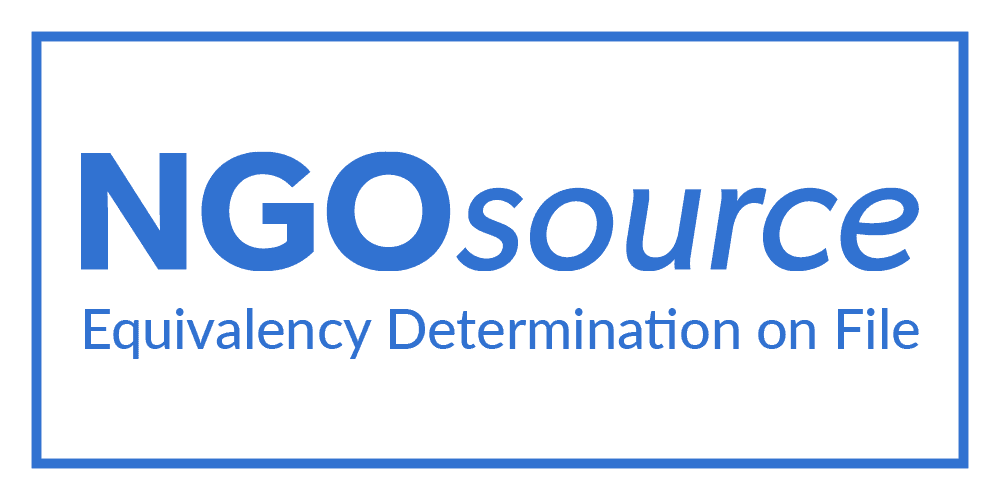The potential of CBDCs for financial inclusion
The potential of CBDCs for financial inclusion
9 September, 2022 •Will CBDC solve your financial inclusion woes or further exclude the vulnerable?
Central bank-backed digital currency (CBDC) may alleviate financial exclusion barriers, but it comes with risks. Given some of the shortcomings of digital financial services in reaching financially excluded populations, central banks in developing and emerging markets have increasingly been exploring retail CBDC as a tool to advance their financial inclusion agendas. However, uncertainty still exists regarding how a CBDC can be designed to promote greater access and meaningful usage in a more inclusive digital payments system without exacerbating divides for vulnerable populations.
In our project with the Alliance for Financial Inclusion (AFI), Cenfri explored the potential of CBDC as a tool for advancing financial inclusion in developing and emerging markets, while considering market needs and possible design considerations. The study was informed by desktop research and extensive key informant interviews with central banks, payment thought leaders, industry providers, international organisations and research institutions. The study focused on three key use cases: domestic remittances (P2P), merchant payments (P2B) and government-to-person payments (G2P). By exploring these use cases in detail, the study was able to link their drivers and barriers, and CBDC’s potential in addressing them effectively to contribute to financial inclusion. There are six key findings from this project:
- Digital financial inclusion has been enabled by key drivers while entrenched obstacles remain. Despite improvements in financial inclusion through enhanced digital connectivity, more accessible point-of-sale devices and simplified know-your-customer frameworks, notable access and usage barriers still exist.
- CBDC design can address specific access constraints that currently affect digital financial services. Retail CBDC can be designed to alleviate identity gaps and mobile phone and digital access divides. However, it is likely to remain limited by poor electricity coverage, access to (and affordability of) CBDC-enabled devices and limited cash-in and cash-out infrastructure. This last factor is a key prerequisite for driving the adoption of digital payment instruments.
- Convenience, affordability and security of CBDC can drive inclusive consumer adoption. Across all use cases, a key aspect of CBDC’s value proposition is its tested ability to drive interoperability and channel ubiquity for users by providing convenient payments across any provider – via any device, to any provider – as a universal instrument.
- CBDC’s potential for financial inclusion exists but its design must be careful to avoid risks and worsening exclusion. CBDC will not automatically advance financial inclusion, and if not designed appropriately, could reinforce existing barriers.
- CBDC may not be an appropriate or relevant financial inclusion tool for every developing country. The specific financial needs, and barriers impeding those needs being met, will differ from country to country. Therefore, the right tool to address those barriers is likely to be different as well.
- Retail CBDC implementation needs to be context specific and fit-for-purpose. To make CBDC work for a country’s citizens and businesses, CBDC should therefore be designed from the bottom up, considering the specific context and needs of the market, particularly vulnerable communities as much as possible.
If you would like to read more about Cenfri’s work on CBDC you can see how our thinking on CBDC has evolved here or you can contact Kinyanjui Mungai.




